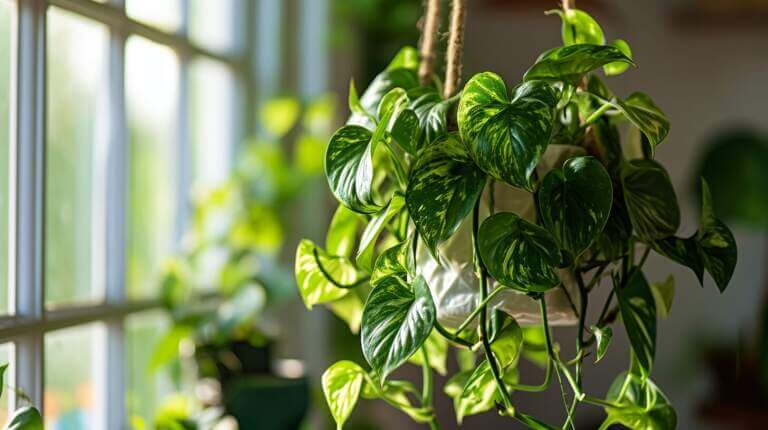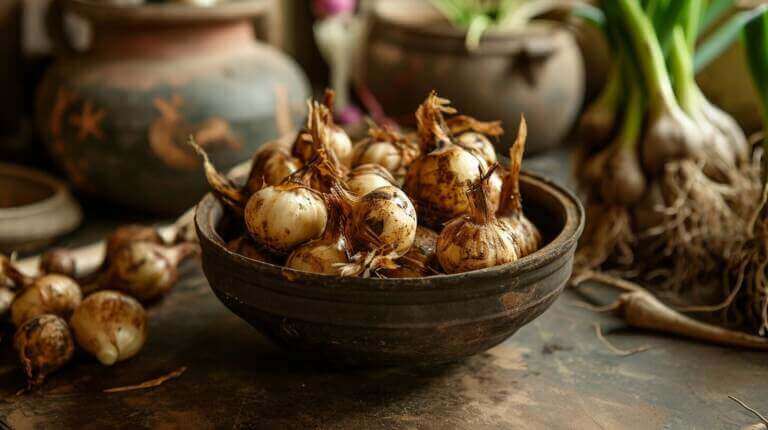Christmas Cactus vs Thanksgiving Cactus: How to Tell the Difference
The debate between Christmas cactus and Thanksgiving cactus has been a long-standing controversy among plant enthusiasts. While they may look similar, there are key differences that set them apart. According to experts, the main clue to differentiate these species lies in the shape of their stem segments and their blooming seasons.
Key Takeaways:
- The Thanksgiving cactus (Schlumbergera truncata) has spiky stem segments and blooms between November and December.
- The Christmas cactus (Schlumbergera x buckleyi) has rounder stem segments with scalloped edges and typically blooms from January to February.
- Understanding these differences is essential to properly care for and identify each type of holiday cactus.
- Both Christmas and Thanksgiving cacti require similar care, including moderate light conditions and regular watering.
- Identifying these cacti can be done by observing stem segment shape, blooming season, and other distinguishing features such as pollen color and leaf characteristics.
How to Care for Christmas and Thanksgiving Cacti
Both Christmas and Thanksgiving cacti, belonging to the Schlumbergera genus, require similar care to thrive indoors. Providing the right conditions will ensure healthy growth and beautiful blooms during the holiday season. Here are some essential care tips for these holiday cacti:
Light and Temperature
Place your cacti in a location with moderate light conditions. Avoid direct sunlight, as it can scorch the leaves. During the blooming period, bright light is needed to encourage flower production. Additionally, it’s important to maintain night temperatures between 55°F and 65°F to mimic their natural environment. Longer nights of around 13 hours of continuous darkness also help trigger blooming.
Watering and Soil
Water your Christmas and Thanksgiving cacti about once a week, allowing the soil to go somewhat dry between waterings. These cacti prefer well-draining soil and are susceptible to root rot if overwatered. When watering, thoroughly saturate the soil until water drains out from the bottom. After the blooming season ends, reduce watering frequency and allow the soil to dry out slightly more between waterings.
Fertilizing and Propagation
During the growing season, fertilize your cacti monthly using a balanced houseplant fertilizer. Once flower buds start forming, reduce the frequency of fertilization. When repotting, use a cactus or succulent potting mix to ensure proper drainage. Propagating these cacti is relatively easy, as cuttings can be taken and rooted to grow new plants.
| Key Care Tips for Christmas and Thanksgiving Cacti |
|---|
| Place in moderate light conditions, avoiding direct sunlight |
| Maintain night temperatures between 55°F and 65°F |
| Provide bright light during the blooming period |
| Water about once a week, allowing soil to partially dry out between waterings |
| Use a well-draining cactus or succulent potting mix |
| Fertilize monthly during the growing season, reducing frequency when flower buds form |
| Propagate through cuttings |
Identifying Christmas, Thanksgiving, and Easter Cacti
When it comes to distinguishing between Christmas, Thanksgiving, and Easter cacti, there are several key features to look out for in addition to the shape of their stem segments and blooming seasons.
One of the easiest ways to tell them apart is by examining the leaves. The Thanksgiving cactus has stem segments with pointed edges, while both the Christmas cactus and Easter cactus have rounded stem segments. Additionally, the Easter cactus may have small hairs on its leaves, providing an extra identifying characteristic.
Another clue lies in the color of the pollen found in the flowers. Thanksgiving cacti typically have yellow pollen, while Christmas cacti have pink pollen. This color difference can serve as a helpful indicator when trying to determine the type of holiday cactus you have.
It’s important to note that while these distinguishing features can be helpful, there may be hybrid varieties or plants with mixed characteristics, making identification more challenging. However, considering the age and origin of the plant can provide further clues to their identity.
FAQ
What is the bloom period for a Christmas cactus?
The Christmas cactus typically blooms in early winter, hence its name. However, the exact bloom period can vary depending on the specific care and environment of the plant.
How can I tell the difference between a Christmas cactus and other holiday cacti?
The difference between Christmas cacti and other holiday cacti like Thanksgiving and Easter cacti can be identified by the shape of their leaves and the time they bloom. Christmas cacti have rounded leaf segments, while Thanksgiving cacti have pointed segments. Easter cacti bloom in early spring.
What is the difference between a Christmas cactus and a Thanksgiving cactus?
The main difference between a Christmas cactus and a Thanksgiving cactus is the time they bloom and the shape of their leaves. A Thanksgiving cactus typically blooms in November and has pointed leaf segments, while a Christmas cactus blooms in December and has rounded leaf segments.
How do Christmas cactus flowers look like?
Christmas cactus flowers are tubular in shape and can come in a variety of colors, including red, pink, white, and yellow. They typically bloom at the ends of the stem segments.
What is the difference between a Christmas cactus plant and other cactus plants?
The difference between a Christmas cactus plant and other cactus plants lies in their care requirements, appearance, and blooming period. Unlike many cacti, Christmas cacti are native to cloud forests and therefore require more humidity and less sunlight.







